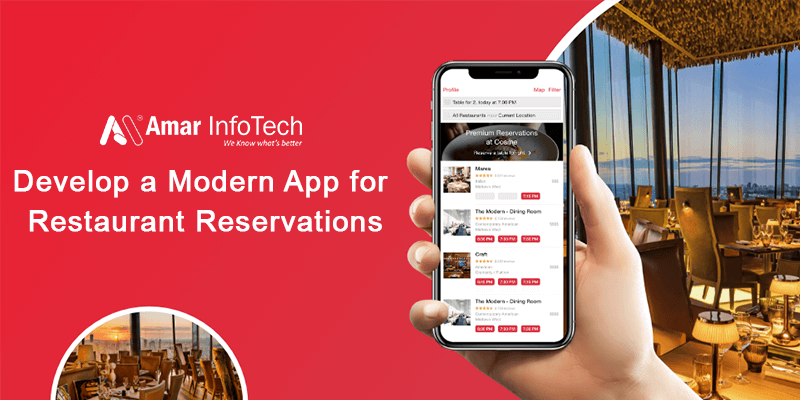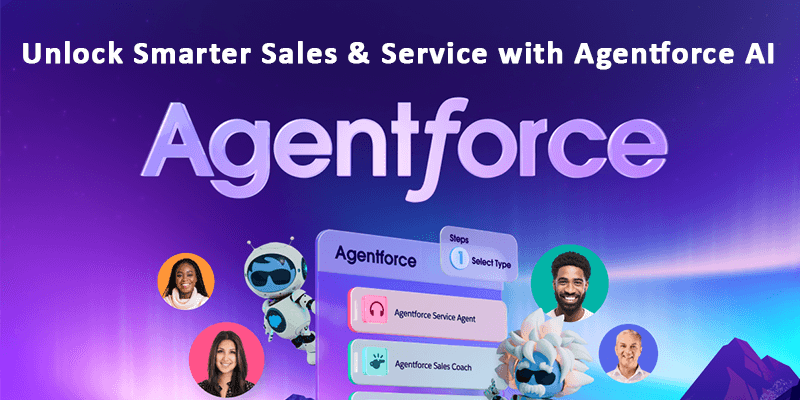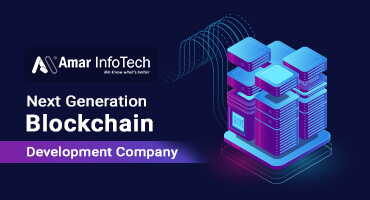Ready for Digital Transformation? Your Vision, Our Expertise - Let’s Build Innovative Software Together!
Develop a Modern App for Restaurant Reservations
 Blog Build Apps Like
Blog Build Apps Like
In today’s fast-paced world, dining out is not just about the food; it’s about convenience, ambiance, and seamless experiences. For restaurants across the United States, having a modern reservation app can transform the way they connect with their customers. Whether you own a high-end restaurant in New York City, a casual dining spot in Los Angeles, or a food joint in Austin, Texas, a well-designed app can help you stay ahead in the competitive food industry.
Why U.S. Restaurants Need a Reservation App
- Changing Consumer Behavior: Over 80% of Americans use mobile apps to book restaurants, browse menus, and even order takeout. A reservation app ensures your restaurant meets these expectations.
- Improved Customer Experience: Whether it’s making last-minute reservations or organizing group dinners, an app simplifies the process, allowing customers to reserve a table anytime, anywhere.
- Increased Operational Efficiency: Managing bookings manually can be tedious. A reservation app automates the process, prevents overbookings, and allows staff to focus on providing excellent service.
- Enhanced Marketing Opportunities: Apps allow restaurants to run location-based promotions, send notifications for special events, or offer loyalty rewards, ensuring you engage with diners effectively.
Key Features of a Modern Restaurant Reservation App
- Real-Time Table Availability: Enable customers to see table availability in real time, reducing frustration and boosting customer satisfaction.
- User-Friendly Interface: A sleek and intuitive design ensures users can easily navigate the app and make reservations in just a few taps.
- Integration with Maps: Seamless integration with Google Maps or Apple Maps helps users find your restaurant and even estimate travel times.
- Customizable Options: Allow users to select dining preferences, special occasions, or dietary needs while booking.
- Push Notifications: Notify users of upcoming reservations, special deals, or limited-time offers, keeping your restaurant top-of-mind.
- Payment Integration: Allow diners to pay deposits or full bills through the app to ensure commitment and reduce no-shows.
- CRM Tools for Restaurants: Collect data on diners, including preferences and visit history, to provide personalized services and build customer loyalty.
Benefits for U.S.-Based Restaurants
- Catering to Local Dining Trends: From weekend brunch spots in Chicago to fine dining in Miami, every region has its unique dining habits.
- Appealing to Tech-Savvy Millennials and Gen Z: These generations are heavy users of technology and prefer restaurants that offer seamless digital experiences.
- Boosting Online Reviews: A smooth reservation and dining experience often translates to positive online reviews on platforms like Yelp.
- Supporting Hybrid Business Models: Many U.S. restaurants now operate as a mix of dine-in, takeout, and delivery services. A reservation app can integrate all these options, offering maximum flexibility.
Steps to Develop a Restaurant Reservation App
- Research the Market: Understand your target audience and competitors in the U.S. market to identify features and functionality that will set your app apart.
- Choose the Right Development Partner: Partner with an experienced app development company that understands the intricacies of the U.S. restaurant industry.
- Focus on Scalability and Security: Ensure the app can handle peak-time reservations and complies with data privacy regulations like the CCPA (California Consumer Privacy Act).
- Test Thoroughly: Conduct extensive testing for usability and functionality to ensure your app works seamlessly across all devices.
- Launch and Market: Promote your app through social media, email marketing, and collaborations with food bloggers or influencers in your region.
Success Stories: U.S. Restaurants Using Reservation Apps
- OpenTable: One of the leading platforms in the U.S., OpenTable connects millions of diners to thousands of restaurants, showcasing how a robust reservation system can drive revenue and enhance customer loyalty.
- Resy: Popular among trendy restaurants, Resy focuses on creating personalized dining experiences through its innovative app features.
Conclusion
Developing a modern restaurant reservation app is no longer a luxury—it’s a necessity for U.S. restaurants to thrive in a competitive market. With the right features, seamless user experience, and strategic marketing, your app can become a game-changer, boosting reservations, enhancing customer satisfaction, and growing your restaurant’s revenue.
Whether you’re a small bistro or a large chain, now is the time to invest in technology that keeps your restaurant thriving. Ready to take the first step? Contact our team today to develop a custom app tailored to your restaurant’s needs.





